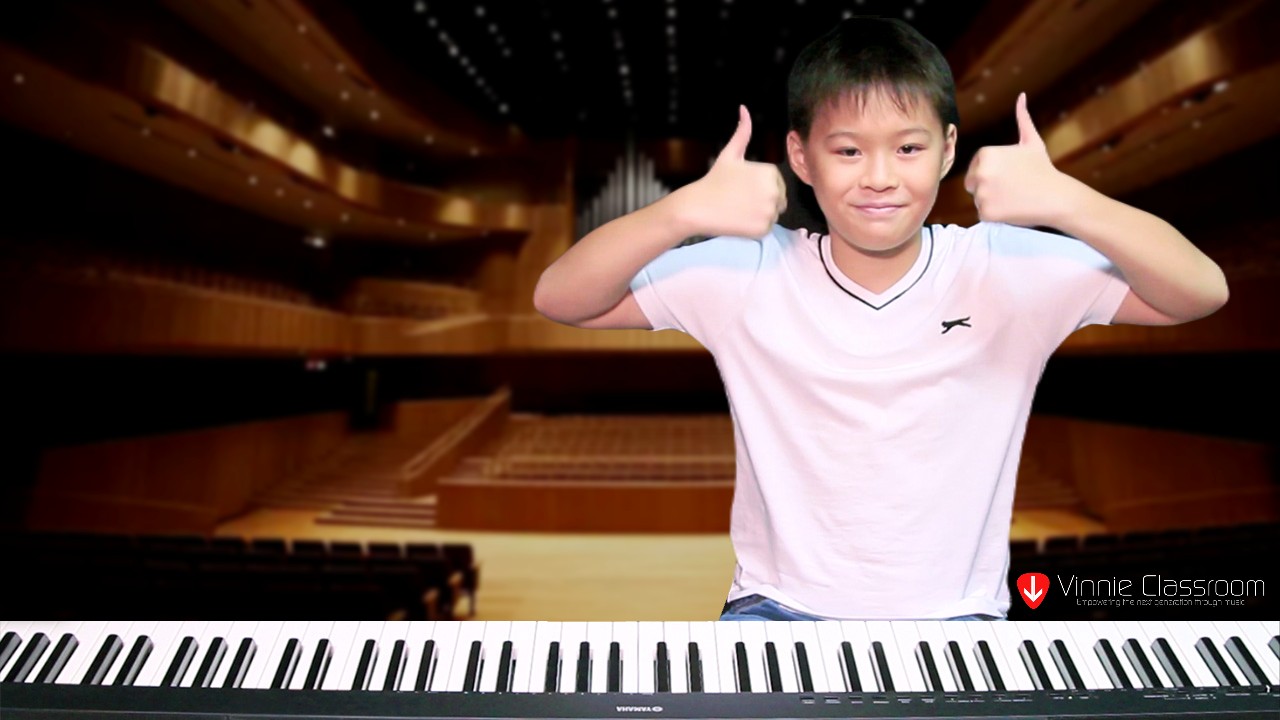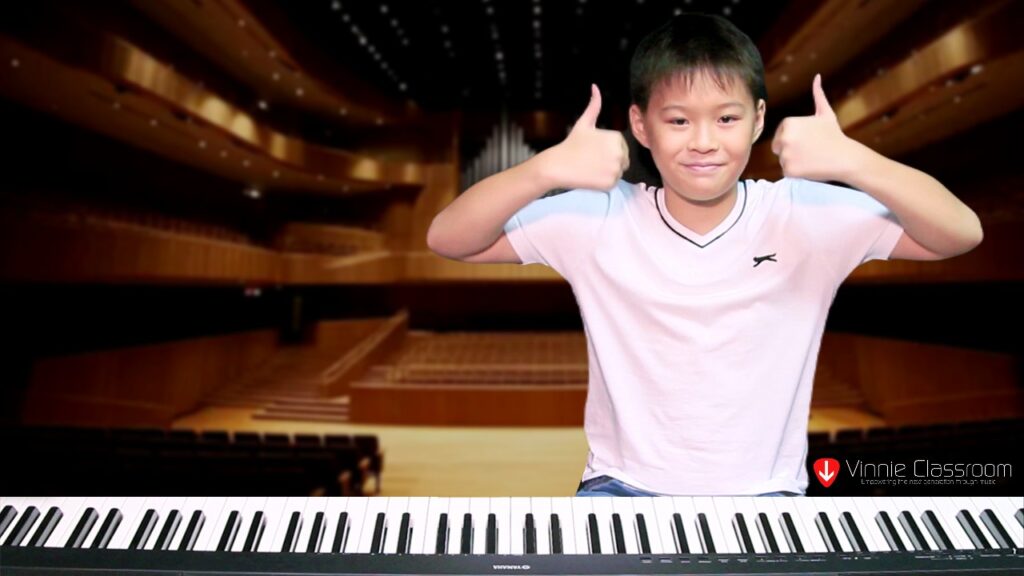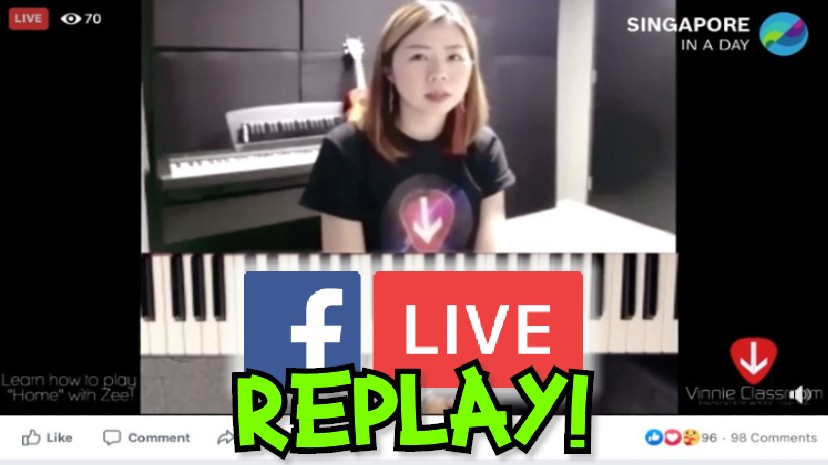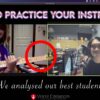
Piano Lessons in Singapore have changed drastically!: Beyond Classical Music and Examinations

Ryan enjoying his lesson on Blues Piano!
Piano Lessons have changed drastically in today’s world, especially in Singapore. Learning the piano has evolved far beyond the traditional focus on classical pieces and graded examinations like ABRSM. While those aspects are still valuable, modern piano lessons are now more diverse. Students to explores different genres such as jazz, pop, and even electronic music. Instead of focusing solely on technical precision, modern piano lessons emphasize making learning more engaging for today’s students.
Exploration of Multiple Genres
Unlike in the past, where classical music dominated piano lessons, students now have the freedom to explore genres. Pop, rock, jazz, and even video game soundtracks are incorporated into lesson plans. This makes the piano accessible and exciting for a broader audience. This flexibility allows students to connect with the music they enjoy.
ANZCA – Alternative Piano Lessons in Singapore

ANZCA stands for Australian and New Zealand Cultural Arts .The ANZCA piano syllabus offers a modern to piano education, featuring a wider variety of musical genres in its repertoire. Unlike traditional syllabuses that focus heavily on classical music, ANZCA includes contemporary styles such as boogie, jazz, blues, and pop. This modern approach allows students to explore and engage with different types of music that are relevant and exciting, making lessons more enjoyable while still building essential piano skills. The variety ensures a well-rounded musical education that caters to various interests and strengths.
Holistic Learning Experience
Modern piano lessons often take a holistic approach, focusing not just on playing but also on other musical elements like ear training, rhythm, and music theory. Teachers encourage students to develop a well-rounded skill set that goes beyond simply playing notes on a page. This approach enables students to become more versatile musicians, capable of reading sheet music, playing by ear, and even composing their own music.
A Balanced Approach to Examinations
While graded examinations like ABRSM or Trinity remain important for students seeking formal certification, they are no longer the sole focus of piano education. Many music schools now offer optional exam tracks, allowing students to choose whether they want to pursue formal exams or focus on personal enjoyment and creativity. This flexibility ensures that students can learn at their own pace, without the pressure of exams overshadowing their love for music.
Conclusion
Don’t take our word for it, take a Trial Lesson with us!
Contact us if you wish to find out more! 🙂









